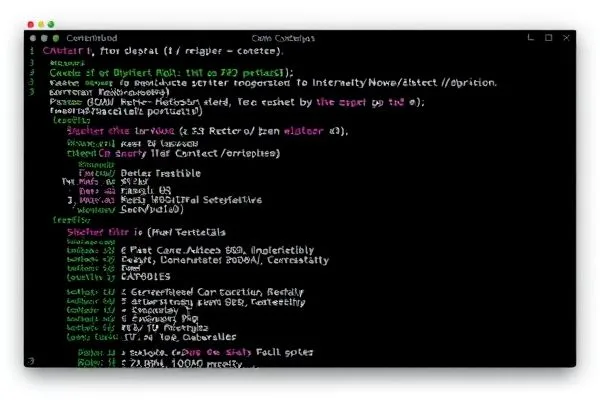The ongoing cyber threat posed by Blind Eagle highlights a compelling narrative of sophisticated attacks targeting Colombian institutions. This analysis delves into the intricacies of their tactics, the vulnerabilities exploited, and the implications for cybersecurity in the region.
Takeaways:
- Blind Eagle employs advanced social engineering methods to facilitate initial access to target systems.
- The recent exploitation of a patched NTLM vulnerability exemplifies the threat actor’s rapid adaptation to new security measures.
- The integration of legitimate file-sharing platforms in their attack strategy allows for stealthy malware distribution.
The Attack Vector: Exploiting Vulnerabilities
Blind Eagle has become notorious for its targeted campaigns against governmental and private institutions in Colombia and Ecuador. Leveraging a combination of advanced persistent threat (APT) techniques and social engineering, this group successfully infects systems through spear-phishing emails that distribute remote access trojans (RATs) such as AsyncRAT and Remcos RAT.
One of the most alarming aspects of Blind Eagle’s recent tactics is the exploitation of the CVE-2024-43451 vulnerability. This NTLMv2 hash disclosure flaw, which was patched by Microsoft in November 2024, was incorporated into the attack arsenal just six days post-patch release. This indicates a level of technical acuity, allowing for quick execution of attacks using new vulnerabilities.
The Stealthy Distribution of Malware
Blind Eagle’s innovative approach includes the use of legitimate file-sharing platforms such as GitHub, Bitbucket, and Dropbox to distribute malware. By leveraging these platforms, the group effectively bypasses standard security measures, leading to higher infection rates. Recent campaigns have underscored this strategy, with over 1,600 victims identified in a single operation.
A particularly noteworthy incident involved a commit history from a GitHub repository, which unintentionally exposed sensitive account credentials linked to numerous entities in Colombia. While the actual malware delivery mechanism was sophisticated, such operational oversights reveal the group’s inherent vulnerabilities.
The adoption of tools like HeartCrypt for malware protection enhances their ability to evade detection, showcasing strong ties to the broader cybercriminal ecosystem. This tactic not only facilitates the stealthy deployment of payloads but also supports persistent access methods, ensuring the longevity of their operational campaigns.
Given the evolving threat landscape, it is essential for organizations to enhance their cybersecurity measures and remain vigilant against similar tactics that exploit known vulnerabilities and social engineering methods.
In conclusion, Blind Eagle’s sophisticated attack strategies targeting Colombian governmental and private institutions exemplify the growing complexity of cyber threats. By understanding the vulnerabilities they exploit and the tactics they employ, organizations can better defend against such advanced persistent threats. Continuous vigilance and robust cybersecurity protocols remain imperative in mitigating these risks.









